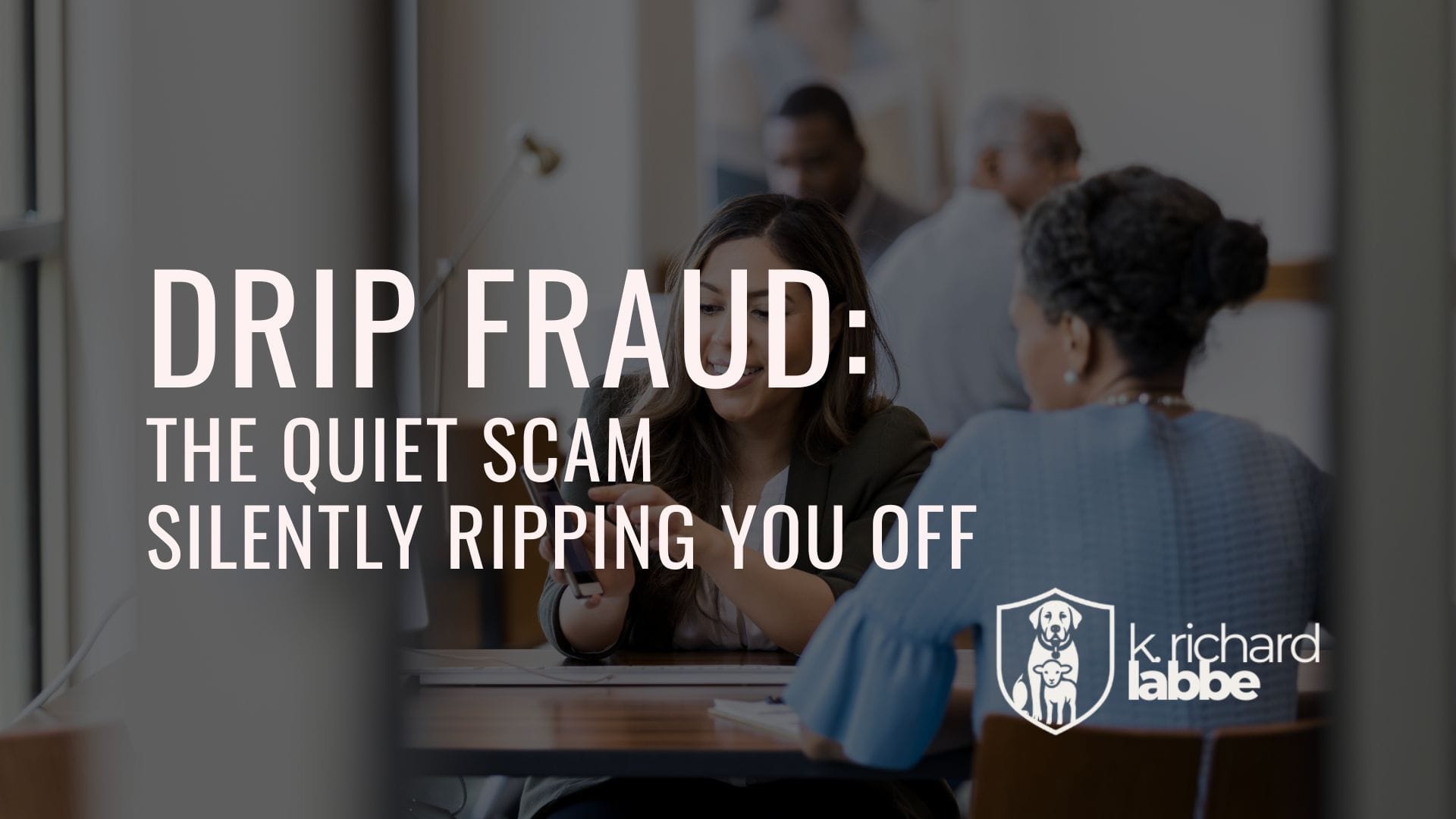Drip Fraud: The Quiet Scam Silently Ripping You Off
You may never see it coming. But your bank balance might tell a different story.

Some scams come with noise. A fake phone call. A frantic email. A message that’s too good to be true and too urgent to ignore. Drip fraud isn’t like that. It doesn’t shout. It waits.
This scam doesn’t rely on fear. It relies on silence, on forgetfulness, on the sheer volume of daily life. And it’s gaining ground. Small, steady, and often invisible until the damage is done.
If you’ve ever said, “I probably just forgot what that charge was for,” this one is worth your time.
What Is Drip Fraud?
Drip fraud is a form of slow, methodical theft. Instead of emptying your account in one bold move, scammers take small amounts over time. A few dollars here. Twelve dollars there. Enough to blend in. Not enough to set off alarms.
They count on you not noticing. Or, if you do notice, they hope you’ll shrug it off.
In July 2025, investigators in India uncovered a major scam ring using this method. Victims saw small sums vanish from their digital wallets, often labeled in vague or misleading ways. The funds were quietly rerouted through everyday accounts, making them harder to trace.
While this case made headlines overseas, the tactic itself is hardly foreign. It’s subtle. And it travels well.
Why It Works So Well
Drip fraud works because we live with constant noise. We glance at our bank apps but rarely study them. We let auto-pay handle the small stuff. We trust the familiar and forget the rest. And when a charge looks vaguely plausible, we don’t question it.
This scam thrives on that kind of assumption.
Most of us won’t chase down a $4.99 charge. We figure it’s a subscription we forgot about or something our kids bought. We’re busy, and scammers know that. They don’t need to steal hundreds at once. They just need to be patient.
By keeping their transactions small and their labels bland, they avoid attention from both you and your bank. Over time, the money adds up. But the signs are easy to miss.
What This Looks Like in Real Life
Lauren was just checking her balance, not looking for trouble. Everything seemed normal. Gas, groceries, streaming services. But then she noticed a $7.93 charge from a company she didn’t recognize.
Over the next few weeks, more strange amounts appeared. $14.20. $5.02. One transaction said “payment gateway test.” That one especially caught her eye.
By the time she dug into her statements, nearly $400 was gone. No single charge had raised suspicion. But together, they formed a pattern.
Lauren called her bank. At first, they hesitated to reimburse the losses. The charges had been small and frequent, not the kind of activity that normally gets flagged. She had to press hard to get any of it back.
That’s how drip fraud works. Quiet. Consistent. And often undetected until it’s done its damage.
How to Protect Yourself Without Panic
You don’t need to cancel all your cards or unplug from the internet. You just need a rhythm of attention. A habit of looking a little closer.
Start with your bank app. Most financial institutions let you turn on alerts for every transaction, not just large ones. This takes two minutes to set up and can make a big difference.
Next, choose one day each week to review your recent activity. Maybe Sunday evening. Maybe Thursday morning before work. Take five minutes. Look for anything that doesn’t sit right.
If you see a charge you don’t recognize, don’t assume you forgot. Search the merchant name. Call your bank. Ask questions.
Watch for vague or generic labels. That’s a common trick. And keep an eye out for multiple small charges spread across several weeks.
The earlier you notice, the easier it is to stop.
Who’s Most Vulnerable
This kind of fraud hits people who have a lot on their plate.
- Parents who manage multiple accounts and expenses.
- Seniors who may not get real-time alerts.
- Busy professionals who trust their statements but don’t study them.
It also affects those with limited digital literacy or language support. People who rely on others to help manage their finances. Anyone who assumes the system will catch fraud automatically.
These aren’t careless people. They’re overwhelmed, or simply trusting. That’s why drip fraud works.
And that’s why your awareness might protect more than just your own account.
A Quiet Scam Requires a Quiet Shield
Some scams scream. This one tiptoes.
The best defense is steadiness. A little more attention. A regular rhythm of review. A willingness to ask, even when the amount seems too small to matter.
And if you’re supporting someone else (like an aging parent, a spouse, or a friend), consider offering to go over a statement together. Not to control, but as a quiet act of care and support.
A Word of Encouragement
There’s no shame in missing a small charge. Most of us have. But catching one early is no small thing. It shows you’re paying attention. That you’re willing to grow in wisdom.
When you take that kind of care with your own life, you make it easier to do the same for others. And that’s what good stewardship looks like. Quiet. Watchful. Steady.
Stay safe. Be ready. Online and off.
Every effort has been made to ensure the accuracy and reliability of the information presented in this material. However, Labbe Media, LLC does not assume liability for any errors, omissions, or discrepancies. The content is provided for informational and educational purposes only and should not be considered professional advice. Viewers are encouraged to verify any information before making decisions or taking actions based on it.
